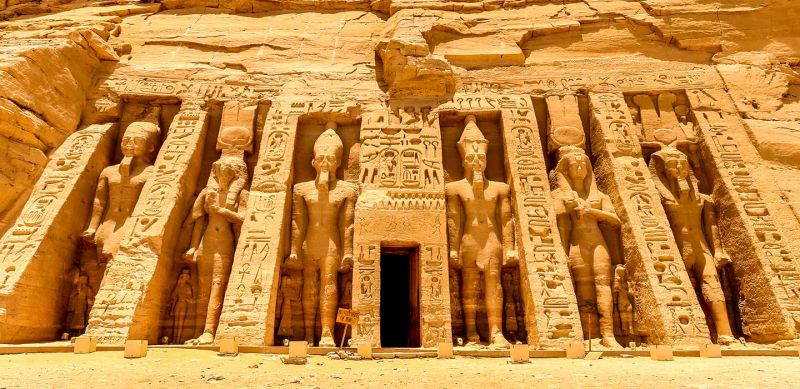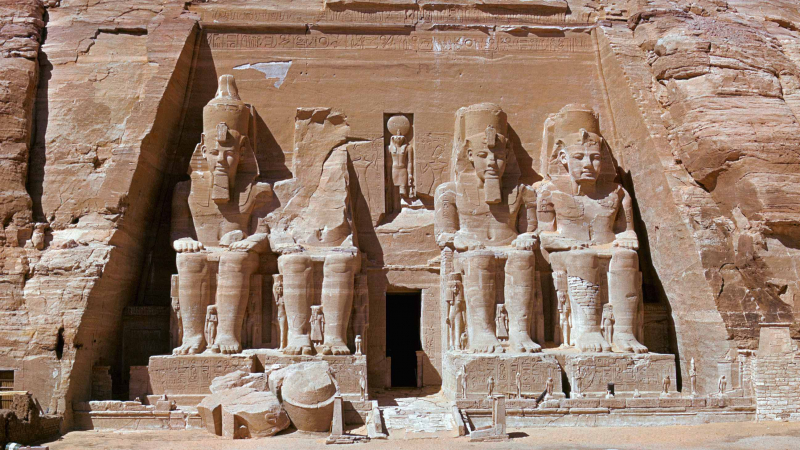Ramses II
Many academics believe Ramses II, usually written Ramesses and occasionally known as Ozymandias, to be the greatest pharaoh in Egyptian history. He ruled for an unusually long time, until he was in his early 90s, and was the father of about 100 children. He was one of Ancient Egypt's most effective military leaders as well as one of its most productive builders. He may have pushed his civilisation to its pinnacle of dominance after more over six decades in control, and even now, signs of his tremendous reign can be seen all around Egypt.
After the reign of Seti I, Ramses' father, a successful king who left behind a prosperous nation and raised it to new heights, Ramses assumed the throne of Egypt. Ramses began by ordering the construction of several buildings, including monuments, funerary temples, religious temples, and numerous enormous statues of himself.
The pharaoh then began a series of military operations against the Hittites, the Canaanites, the Lybians, and the Nubians. Many people consider his victory over the Hittites at the Battle of Kadesh to be his greatest accomplishment, but it is also significant from an academic standpoint because the treaty's text still exists and is still in both languages, which is unusual for that period.
The text is only the beginning, though, as so many other remnants of his reign are still in place. There's the Ramesseum temple complex, the enormous rock-cut temples at Abu Simbel, all the enormous pharaoh statues, and of course the mummy of Ramses himself. Each one serves as a reminder of Ramses II's rule over Egypt.
Reign: 1279–1213 BC (19th Dynasty)
Predecessor: Seti I
Successor: Merneptah












